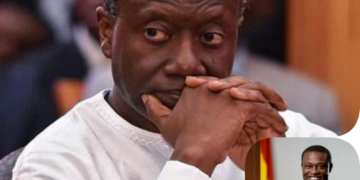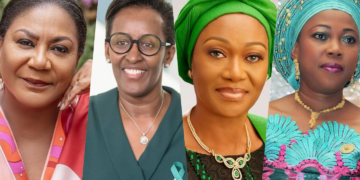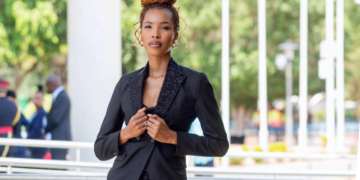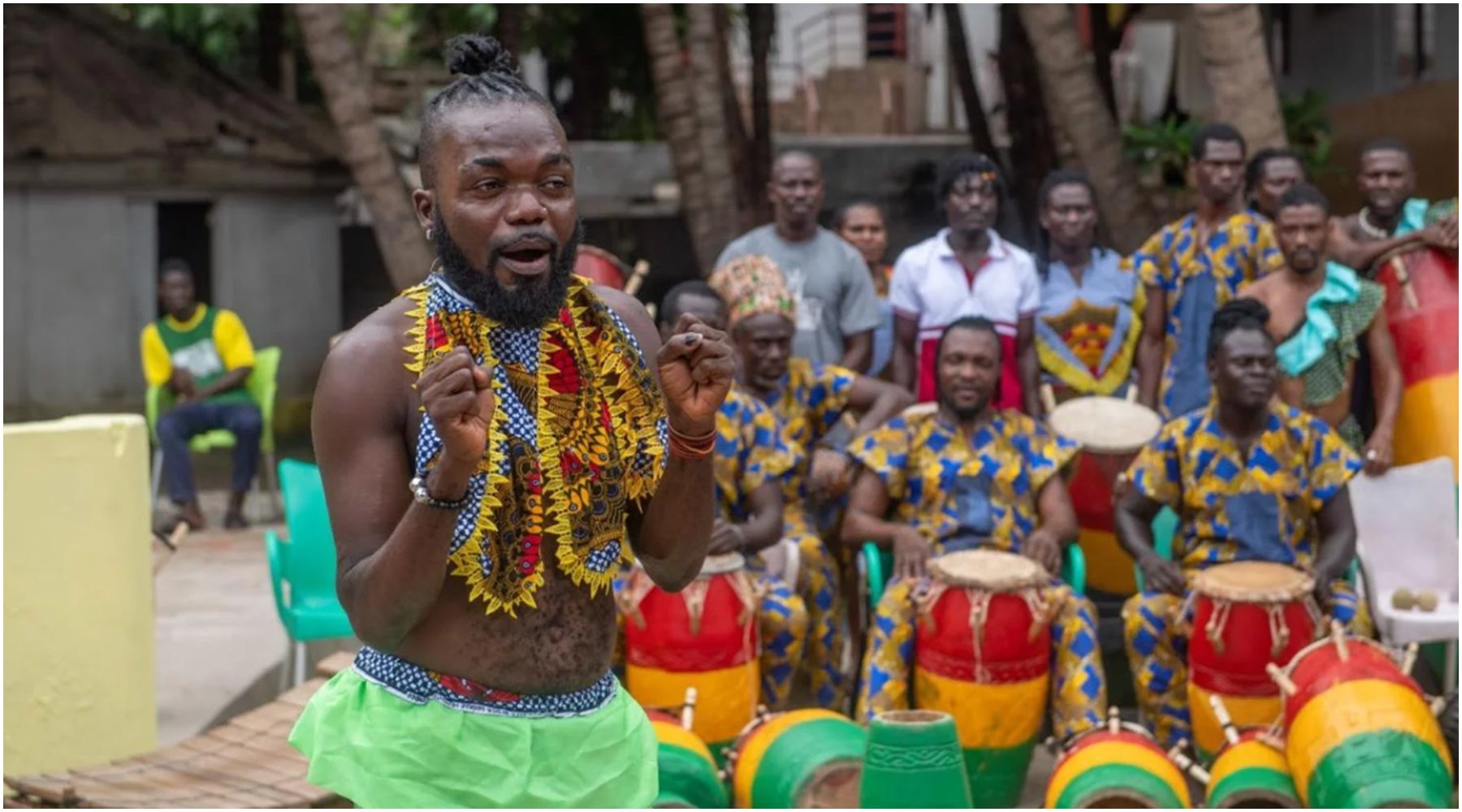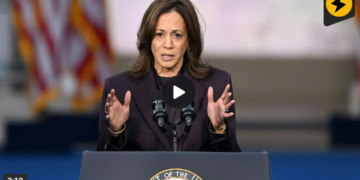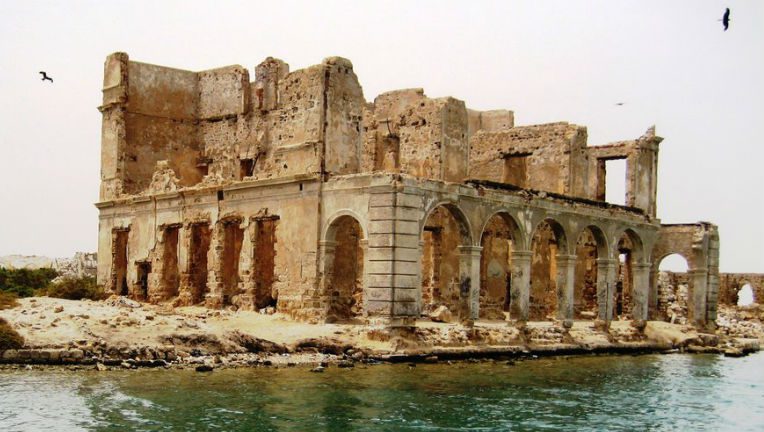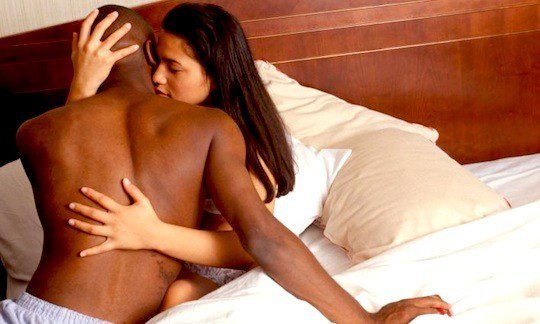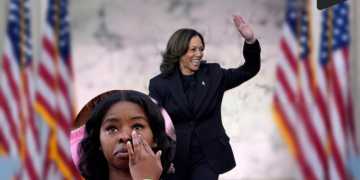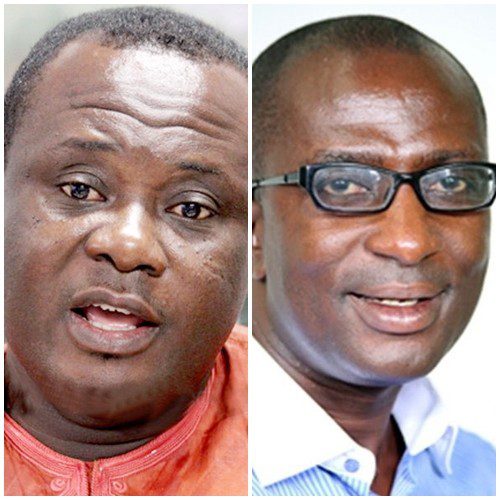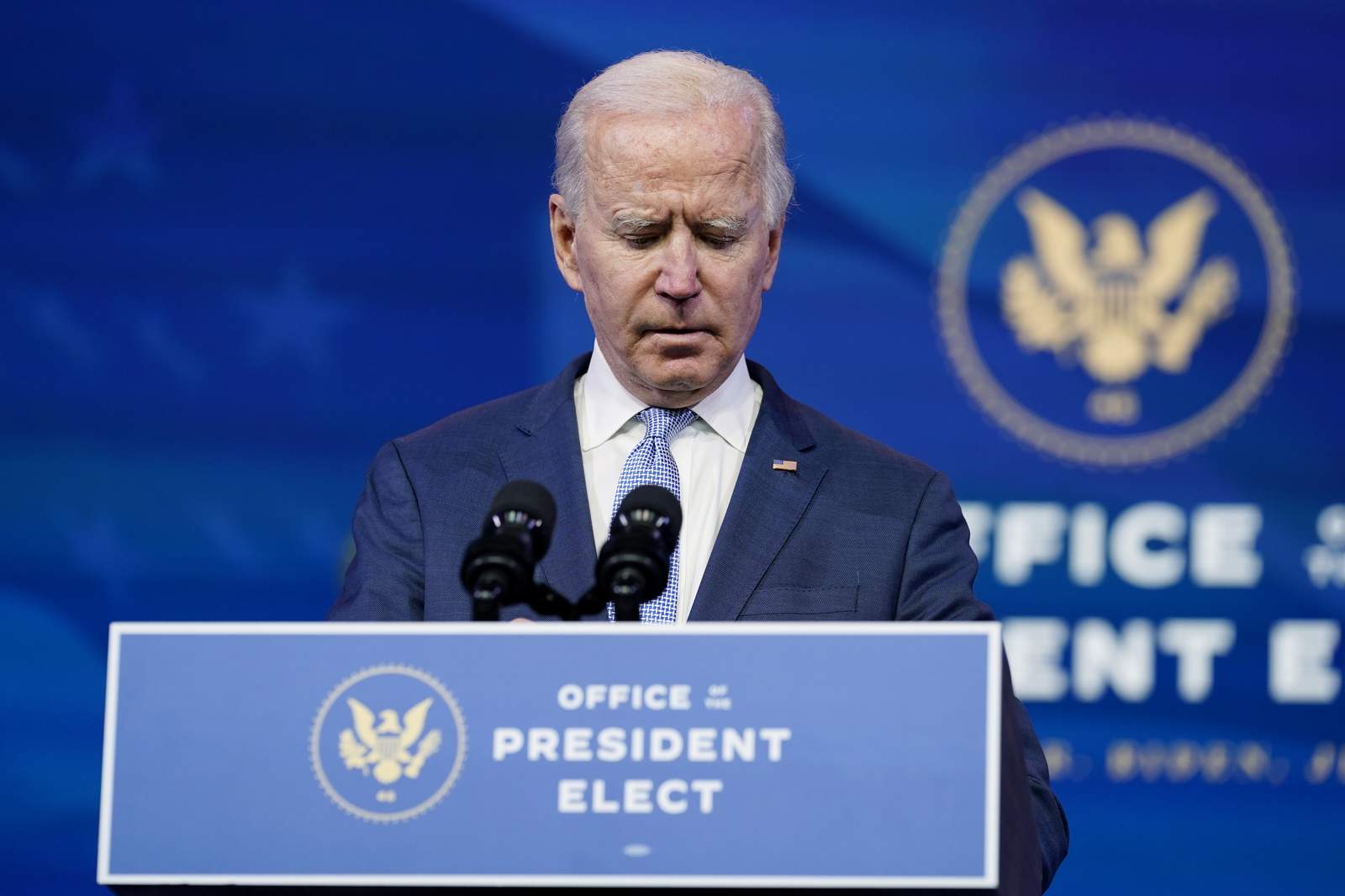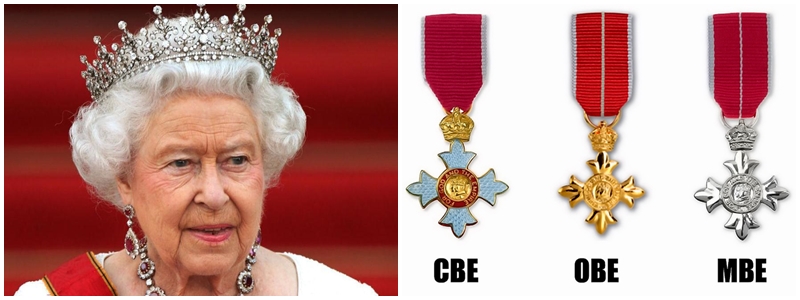 The real meaning of the awards handed out every year as part of the Queen’s birthday and New Year’s honours dubbed British honours system (which requires the traditional vowel enhanced spelling) is widely known of but, possibly, not always best understood.
The real meaning of the awards handed out every year as part of the Queen’s birthday and New Year’s honours dubbed British honours system (which requires the traditional vowel enhanced spelling) is widely known of but, possibly, not always best understood.
The honours are awarded for gallantry on the field of battle, for the courage shown in civilian life, for business, sporting or creative achievement, for service in the community or for service to the Crown at home or abroad. Anybody can recommend a British national for honour and most awards go to members of the public or civil servants.
Nominations are divided into subject areas and assessed by eight committees comprising both senior civil servants and independent experts. Their assessments are passed to a selection committee that produces the list that is submitted to the Queen through the prime minister. The Queen formally approves the list of recipients and the honours are published in the official Crown newspaper, the London Gazette.
The British honours system actually has several orders, mostly relating to the monarchy, military and colonial officials. But King George V wanted to fill the gap by creating an order which would honour normal people.
However, the order has come under some criticism due to its connection with the now-extinct British Empire.
The Government has considered changing the name to the Order of British Excellence but decided not to make any changes until after the order’s centenary in 2017.
How one becomes a Knight or what does OBE, MBE and CBE mean? Who gets to wear a medal and who a ribbon? Why and for what purposes?
These are questions which require answers and below is a short guide to the more well-known honours and their meaning as the prestigious awards is handed out twice a year.
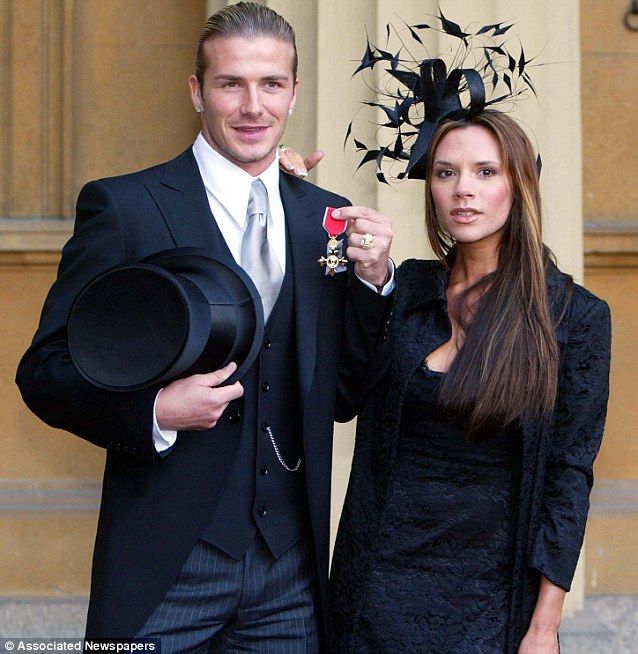
What is the full meaning of MBE, OBE and CBE?
MBE means Member of the Most Excellent Order of the British Empire.
OBE stands for Officer of the Most Excellent Order of the British Empire.
CBE denotes Commander of the Most Excellent Order of the British Empire.
There are also:
- Knight Grand Cross or Dame Grand Cross of the Most Excellent Order of the British Empire (GBE)
- Knight Commander or Dame Commander of the Most Excellent Order of the British Empire (KBE or DBE)
What’s the difference between an MBE, OBE and CBE?
The MBE, OBE and CBE are the three most well-known awards representing different ranks in the Order of the British Empire.
The highest-ranking of the three is a Commander of the Order of the British Empire (CBE), followed by OBE (Officer) and then the MBE (Member). They recognise the contributions and achievements of people from all walks of life, from Hollywood stars to humble volunteers.
The honours are announced a few days before the end of the year and around the Queen’s state birthday.
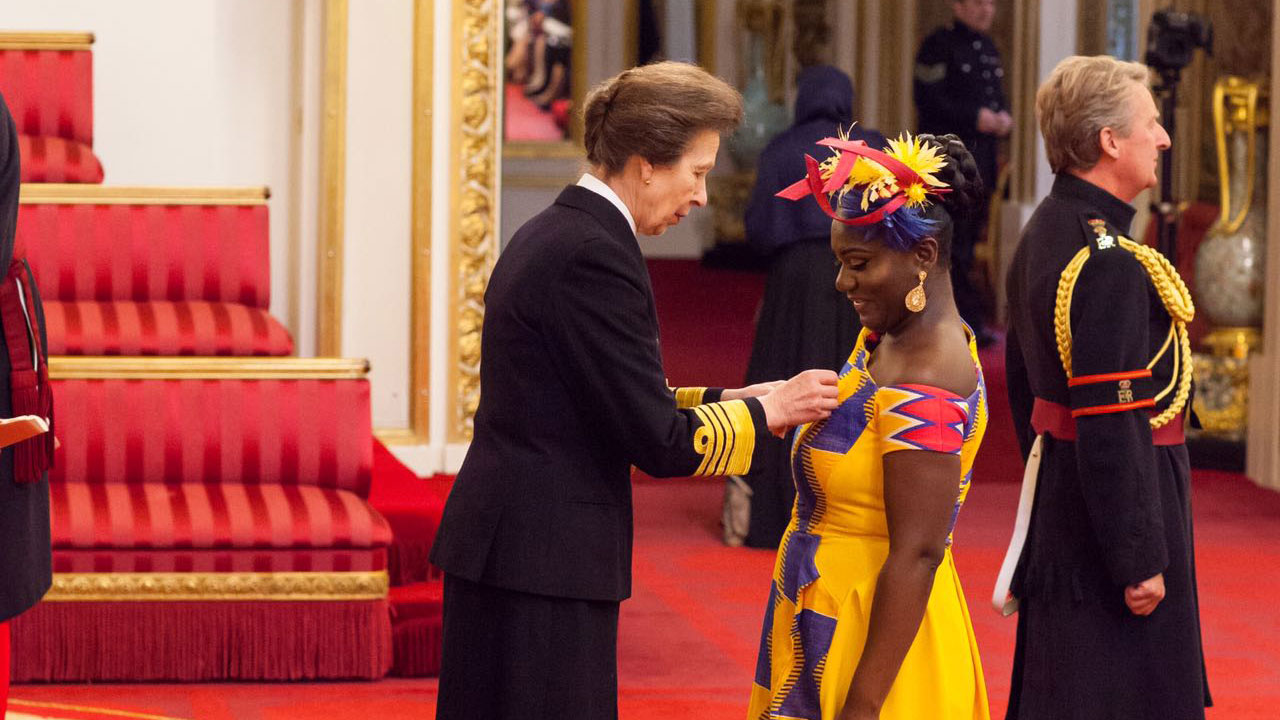
What are MBEs, OBEs and CBEs awarded for?
The honours were created in 1917 by King George V during the First World War as a way of rewarding civilians and servicemen in support positions for their contribution to the war effort.
Now they are used to recognise an achievement or service to the community in any area, such as the arts, charity or education.
According to the Cabinet Office, an MBE is given for an “outstanding achievement or service to the community.
This will have had a long-term, significant impact and stand out as an example to others”.
An OBE is awarded for having a “major local role in any activity, including people whose work has made them known nationally in their chosen area”.
A CBE is awarded for having a “prominent but lesser role at the national level, or a leading role at the regional level. You can also get one for a distinguished, innovative contribution to any area”.
On June 16, 2016, British-Ghanaian TV presenter, entrepreneur and CEO of Guba Awards Dentaa Amoateng was honoured as a Member of the Most Excellent Order of the British Empire (MBE) – (photo captioned above).
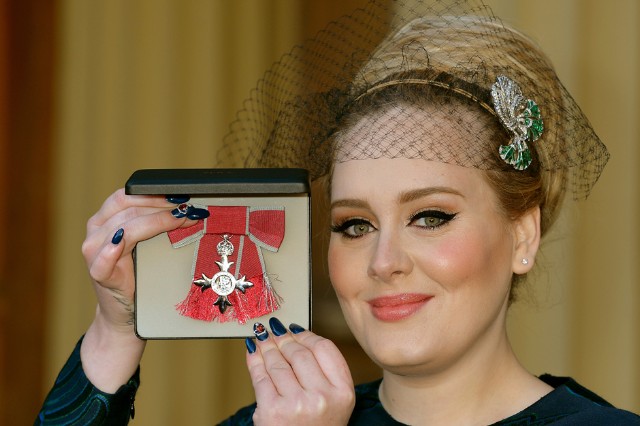
What does an MBE, OBE or CBE entitle you to?
Anyone selected for honour will be invited to attend an “investiture” ceremony at a royal residence where the Queen, or sometimes Prince Charles, Prince William or Princess Anne, will award them with their insignia – a medal – of the order.
This usually takes place a few months after the honours list is announced, but recipients can start using their new title or letters after their name as soon as the awards are announced.
Members can also have a special element added to their coat of arms showing their membership of the order.
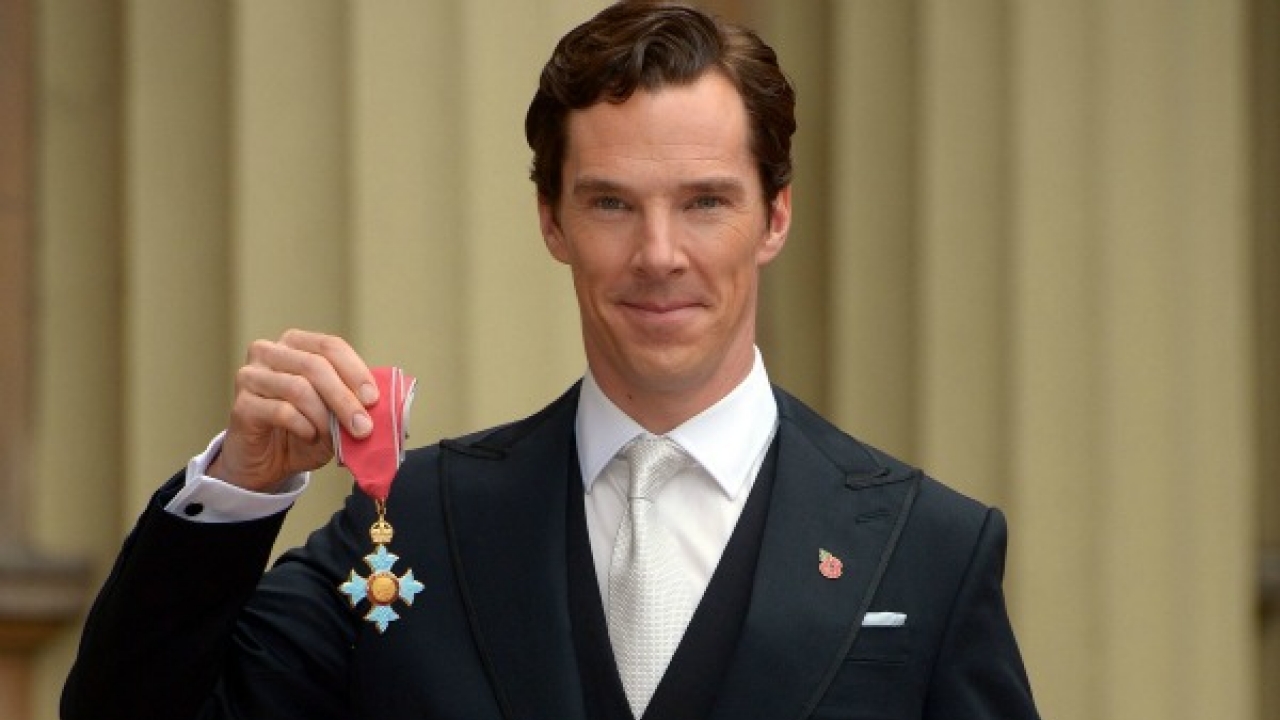
Is a CBE the same as a “Sir”?
The CBE is the third-highest of the order’s five ranks but only the top two can use the title Sir, for a man, or Dame, for a woman.
The second-highest rank is a KBE or DBE – a Knight or Dame Commander of the Order of the British Empire.
The top rank in the Order is a GBE – a Knight or Dame Grand Cross – but these are only given out very rarely. Since 2000, just 16 have been awarded, all to men.
But, confusingly, people can still become a Sir or a Dame without receiving a KBE or a GBE as they can be knighted separately.
Sir Elton John, for example, has a CBE but has also been made a Knight Bachelor, along with other celebs such as Sir Bruce Forsyth and Sir Ian McKellen.
Only Brits can be made a Knight Bachelor, but foreigners can be awarded an honorary KBE.
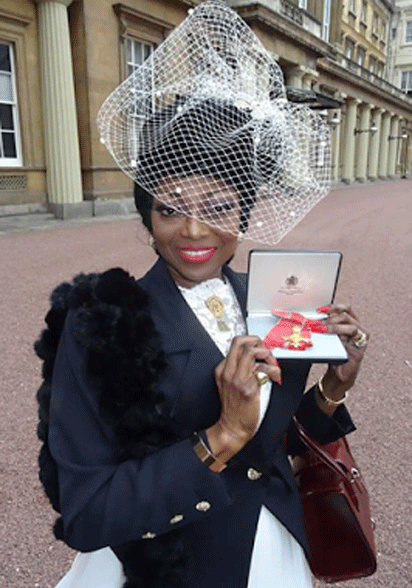
Can women be knighted?
There is no female equivalent to a knighthood as women are appointed to an order of chivalry.
Women who are appointed to the Noblest Order of the Garter or the Most Ancient and Most Noble Order of the Thistle are given the title of Lady rather than Dame – which is used instead of the male title Sir.

